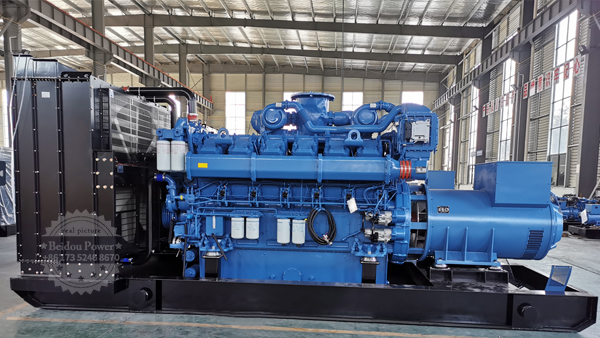1. Dynamic viscosity
A measure of the internal friction force of a liquid flowing under a certain shear stress, the value of which is the ratio of the shear stress and shear velocity applied to the flowing liquid.
2. Kinematic viscosity
The product of the capillary constant of the viscometer and the flow time is the kinematic viscosity of the liquid measured at this temperature.
3. Flash Point
Heating lubricating oil, as the oil temperature rises, the concentration of oil vapor also increases correspondingly. When the oil vapor content reaches a flammable concentration, bring the flame close to the lowest temperature when a flash occurs. This is the safety index of lubricating oil. At the same time, when the index of the lubricating oil in use is tested, it is the reference data to judge its fuel dilution.
4. Pour point
The minimum temperature at which a sample can flow when cooled under specified conditions.
5. Foam tendency/foam stability
Foam volume after 5 minutes of blowing/Foam volume after 1 minute of standing. The smaller the foaming, the better.
6. Carbon residue
The burnt black residue formed by heat evaporation of petroleum products under specified test conditions.
7. Ash
The incombustible substance that remains after the oil has been burned under specified conditions. If the ash content is less, the carbon deposits generated are soft, and if the ash content is more, it is easy to produce tight and hard carbon deposits, which is unfavorable to normal lubrication.
8. Acid value
Is the number of milligrams of potassium hydroxide required to neutralize acidic substances in 1 gram of oil, and is the total acid value of organic and inorganic acids contained in the oil. Is one of the indicators of oil oxidation deterioration, according to the acid value can be inferred oil on metal corrosion properties 1111When the organic acid and metal interaction, will produce metal salt or soap, accelerate the aging of the oil, and reduce its anti-emulsification ability.
9. Oxidation stability
The main reason for the deterioration of oil in use is oxidation, and the oxidation depth is related to four factors, namely, the chemical composition of lubricating oil, oxidation temperature and oxidation time, and the catalytic action of metals and other substances. Among them, the influence of temperature is the most prominent, and the precipitation of oil products after oxidation significantly increases, which will generate carbon deposits and film in the contact high temperature of piston and piston ring, so that the piston ring loses its elasticity, seriously affecting the engine work. The sediment will block the filter and the oil pipeline, affecting the normal oil supply. Therefore, the oil after oxidation must be completely removed when the oil is changed, otherwise a small amount of old oil mixed into the new oil will greatly reduce the oxidation stability of the oil.
Post time: Jun-18-2024

